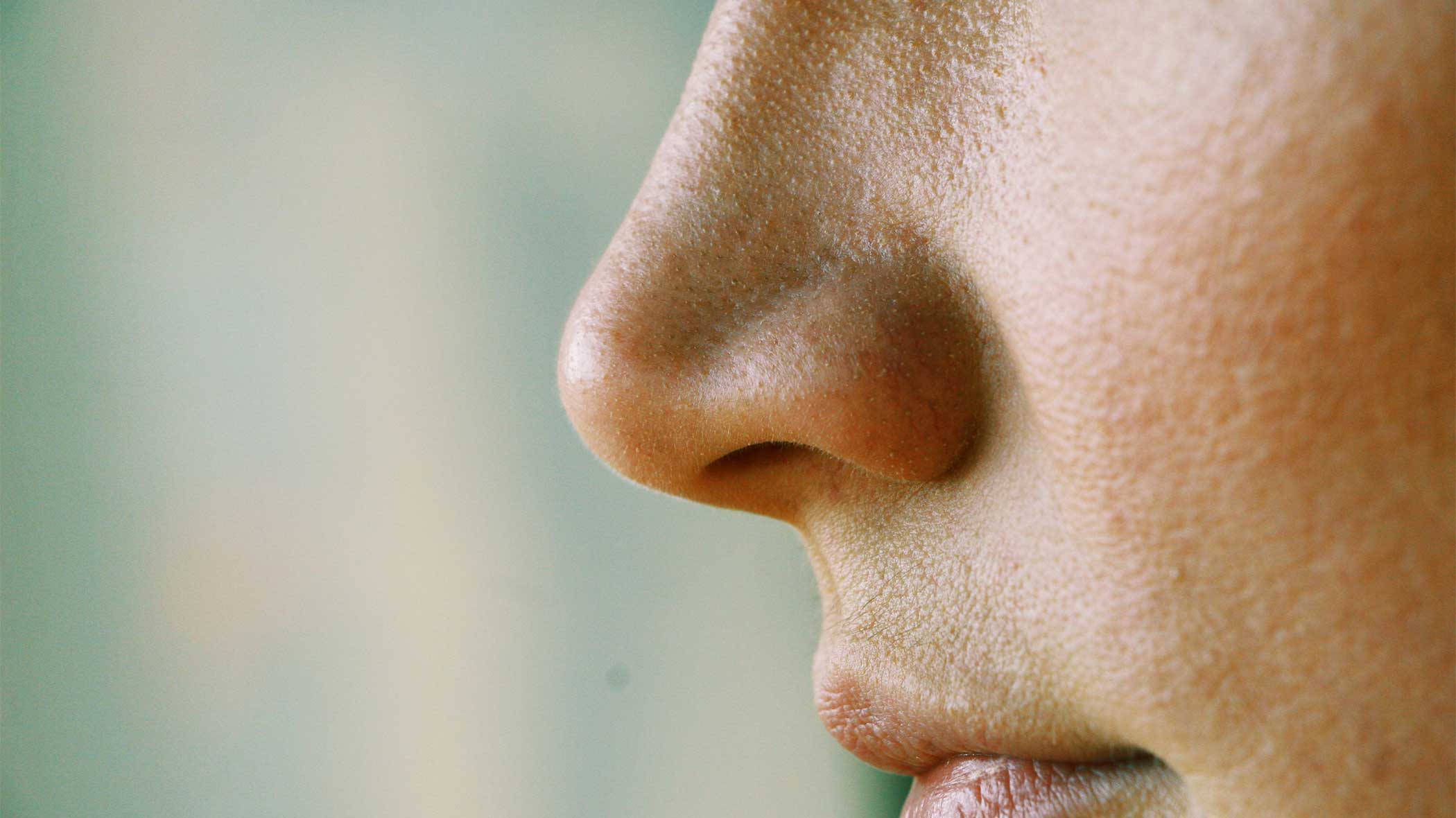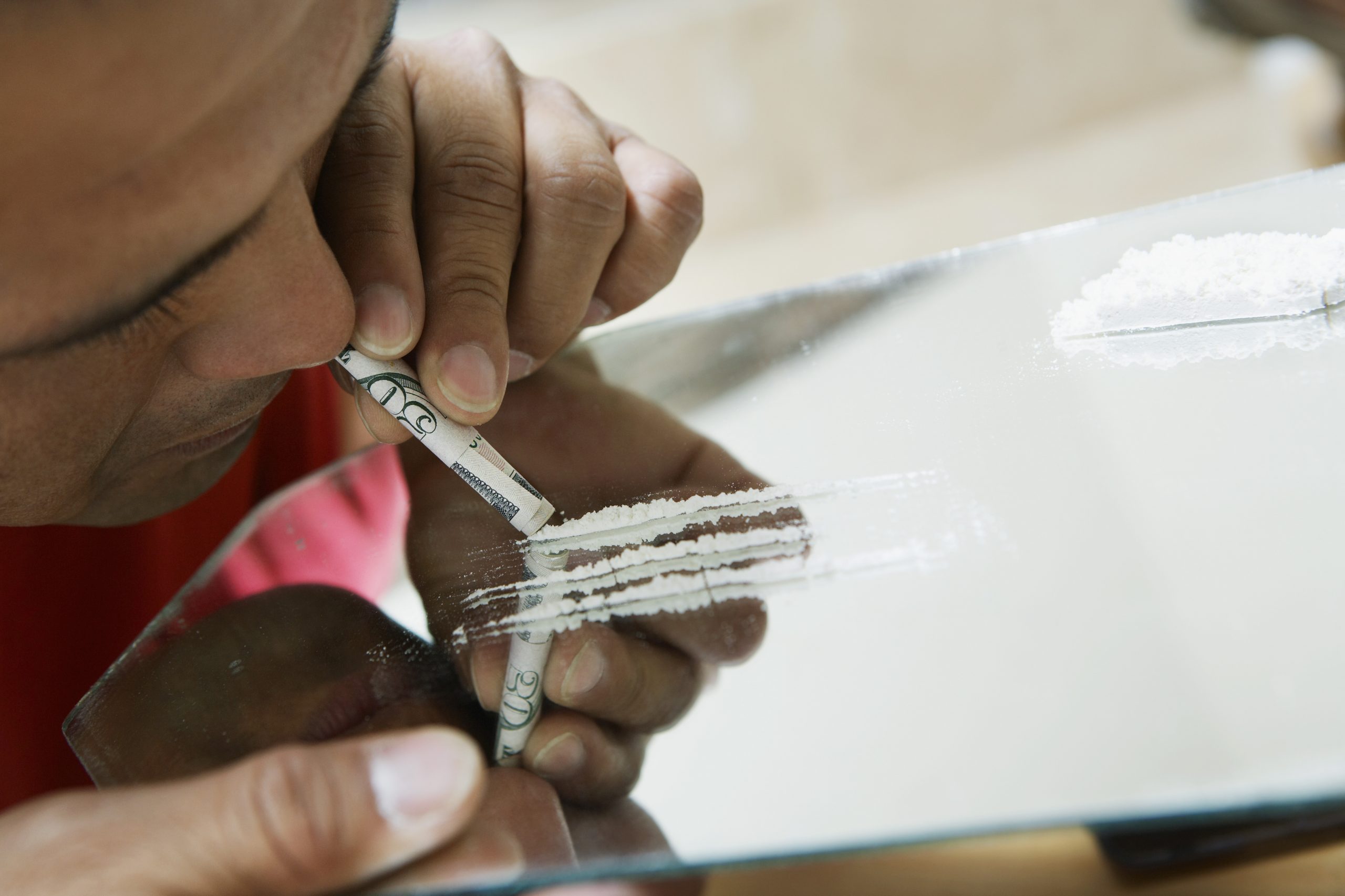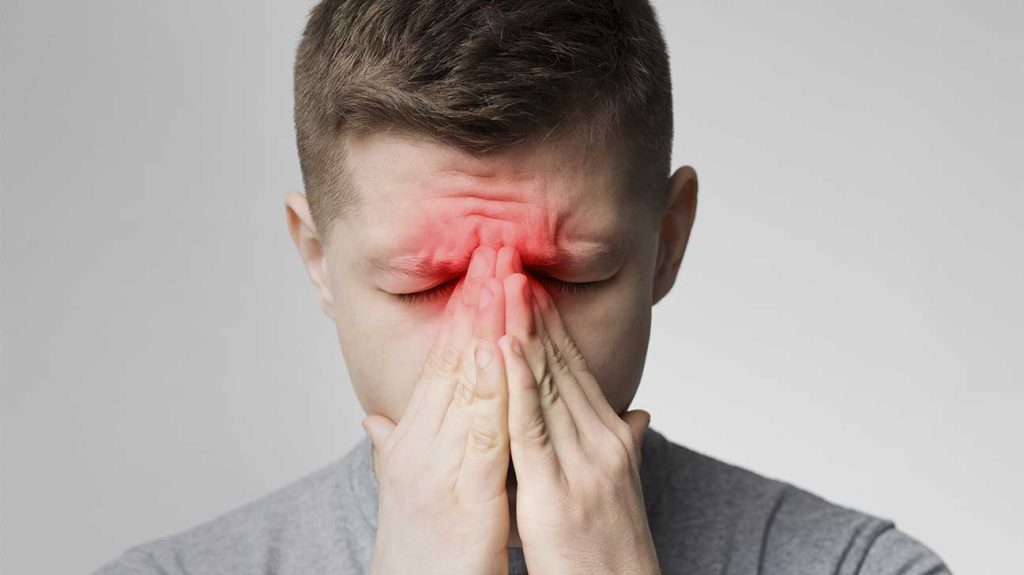
Long-term cocaine use causes a hole in the cartilage between the nostrilsLong-term cocaine use causes a hole in the cartilage between the nostrils
Cocaine use can damage the cartilage between the nostrils, causing a hole in the septum. This hole can cause serious problems including asthma, COPD, and restricted breathing. In some cases, the hole may even require surgery to repair. The lining of the nose may be affected as well.
Symptoms of a perforated nasal septum
Cocaine can cause damage to the interior of the nose, including the nasal septum, which is composed of bone and cartilage. It also reduces blood flow to the nose. As a result, cocaine can cause the septum’s tissue wall to break open, resulting in a cocaine nose hole. This is known medically as a septal perforation.
Symptoms of a perforated septum can develop quickly. Fortunately, the condition is treatable. The first step is to stop using cocaine. While the perforation may heal on its own, the damage will likely not. The hole in the septum will eventually require surgery. It will affect the person’s voice and appearance, and it will affect his or her ability to breathe normally. The patient may even begin whistling or speaking through the perforation.

A perforated septum can cause breathing problems, nose pain, and even infections. The septum may also collapse, resulting in a saddle-shaped nose. These symptoms can be accompanied by other nasal problems, including excessive snoring. In the early stages, decongestants and nasal steroids can help with these symptoms.
Long-term cocaine use causes a hole in the cartilage that separates your nostrils
The septum, or cartilage that separates your nostrils, can be damaged by long-term cocaine use. When this cartilage is damaged, a hole is formed. This can lead to an infection and obstruction of the nasal airway. Moreover, the lack of blood flow in the septum causes the tissue inside to die. This hole can lead to severe problems, such as asthma, COPD, or restricted breathing. In some cases, it may even require surgery to repair the hole.
Cocaine affects the blood vessels that surround the septum, which are particularly susceptible to injury. When cocaine is consumed, these blood vessels constrict, reducing the oxygen supply to the lining of the septum. Once the lining dies, the cartilage underneath is no longer able to support itself, leading to the hole. Over time, the hole in the septum will continue to grow.
In addition to causing a hole in the cartilage that separate your nostrils, cocaine abuse can also cause the septum to collapse. This can lead to a whistling sound, and breathing difficulties. The damage is often more severe than the natural deviated septum.

Causes of a deviated septum
One of the main symptoms of a deviated septum is a congested nose and difficulty breathing. These symptoms can range from a minor annoyance to a major disruption in one’s quality of life. Fortunately, there are some treatments and prevention methods for this problem.
The first step in addressing the problem is to identify the causes. Chronic nasal inhalation of cocaine or methamphetamine can lead to a deviated septum. If the damage is not corrected, the problem can worsen and cause other problems such as COPD and asthma. If the damage is more severe, the patient may need to undergo plastic surgery to correct the problem.
Cocaine use causes the lining of the nose to become inflamed and irritated. This results in reduced blood flow to the nose, which in turn leads to the formation of a hole in the septum. The septum is a three-layer system consisting of bone, cartilage, and mucosa. Chronic cocaine use can damage the septum tissue wall, causing a hole that eventually collapses the nasal valve.
Damage to the lining of the nose
Damage to the lining of the cocaine nose is an obvious consequence of repeated snorting of cocaine. The mucus membranes in the nose become damaged, causing sores and bleeding. The circulatory system is also affected and the septum can be perforated. In severe cases, doctors may recommend surgery to improve the appearance of the nose. However, the damage caused by cocaine is not reversible, so patients need to stop cocaine use for a sustained period before undergoing the procedure.
When cocaine users inhale vapors, the blood vessels in the nose constrict and cause the mucosa to thinning. These thinning tissues expose the cartilage support structures and can become infected or eroded. When this happens, the person may experience bleeding, whistling, and crusting.
Cocaine use may also cause a hole in the cartilage between the nostrils. This hole, known as a ‘cocaine nose hole,’ can disrupt the normal air flow through the nose. It also increases the risk of infection and deformity, which requires a plastic surgery procedure.
Related:
How to Find the Best Addiction Rehabilitation Treatment
Top Fashion Design Universities/Colleges in USA
Understanding Emotional Sobriety and How to Achieve It





